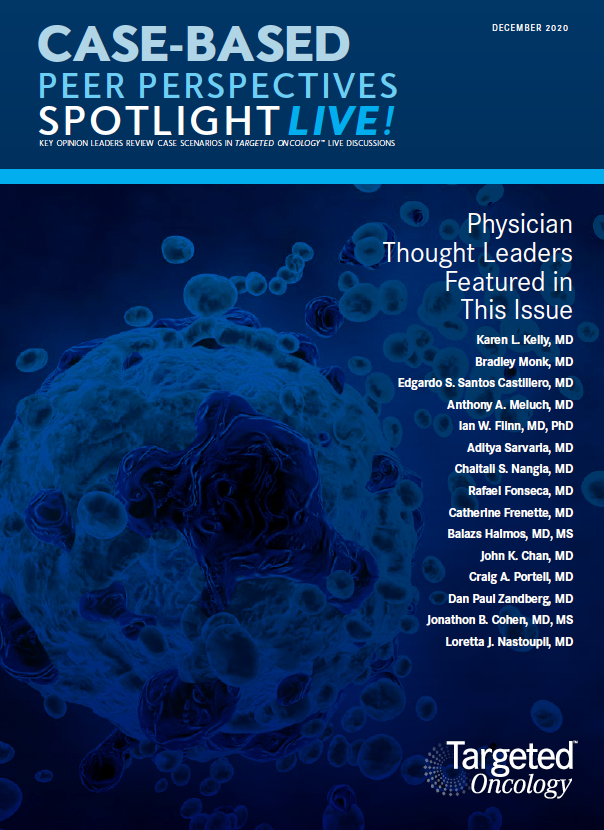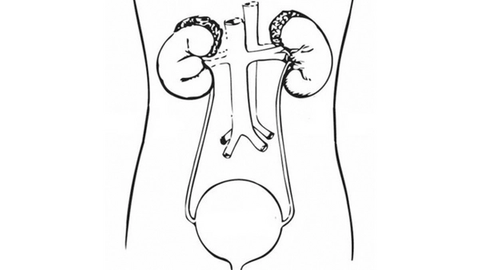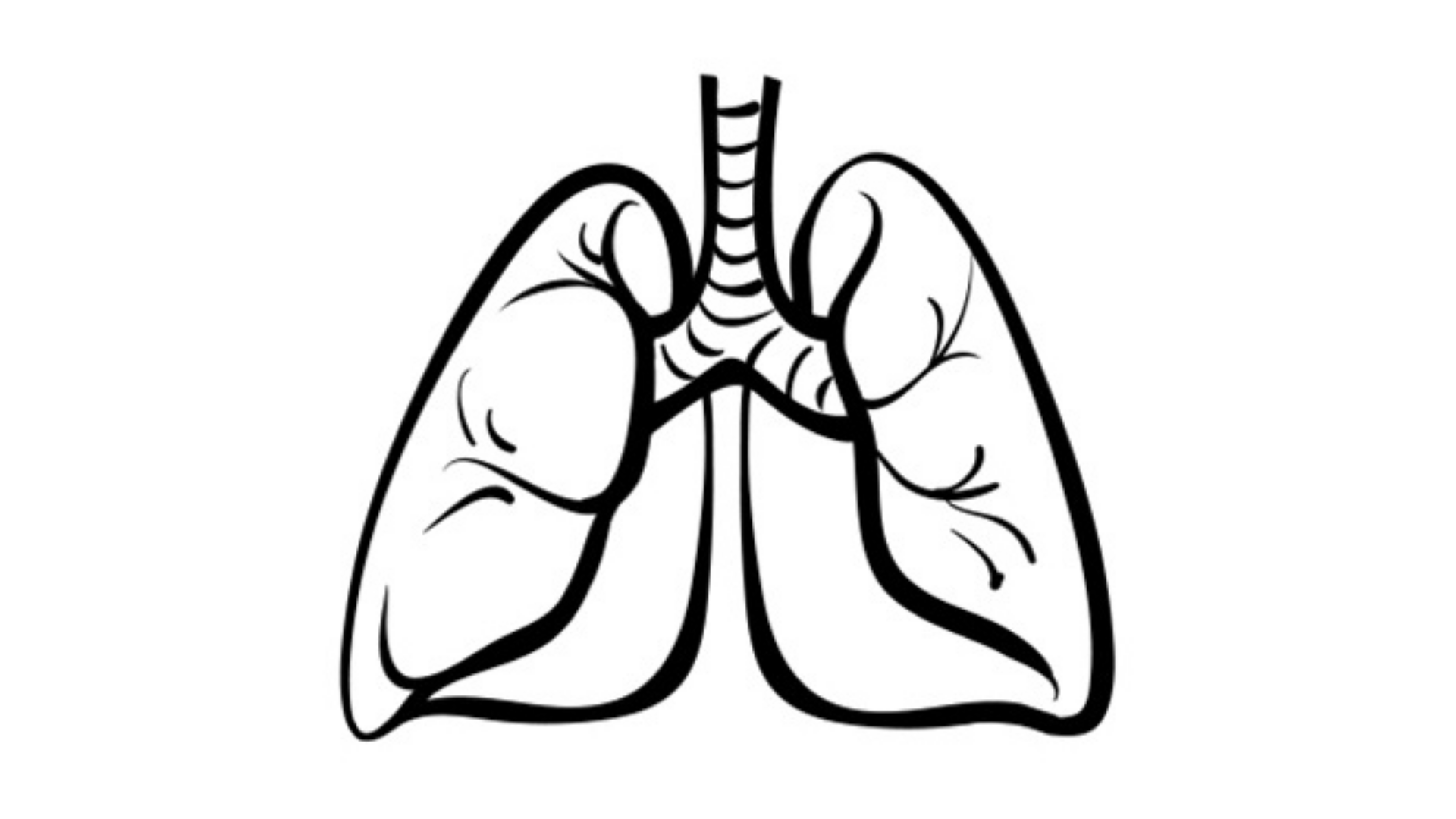Hedgehog Pathway Inhibitors Explored in Advanced Skin Cancer
During a Targeted Oncology Case-Based Peer Perspective event, Chaitali S. Nangia, MD, reviewed the case of a 75-year-old patient with infiltrative basal cell carcinoma.
During a Targeted Oncology Case-Based Peer Perspective event, Chaitali S. Nangia, MD, medical oncologist/hematologist, Hoag Hospital, reviewed the case of a 75-year-old patient with infiltrative basal cell carcinoma.

Targeted Oncology™: Because the multidisciplinary team decided that this patient wasn’t a candidate for surgery or radiotherapy, what other options do they have?
NANGIA: One option to consider is a Hedgehog inhibitor, and we will go through that in a second.
When I consider my own cutaneous clinic, you do see that more skin cell carcinoma has crossed the point of being unresectable, and it’s not amenable to radiation or is radiation resistant. BCC is usually identified by dermatologists, and [those cases] can be treated with local measures. Only a small portion of them reach this stage as described in this patient. Hedgehog inhibitors are not as commonly used as checkpoint inhibitors by medical oncologists because BCC rarely reaches this stage [of severity].

What factors besides radiation would dissuade you from considering a Hedgehog inhibitor?
Perhaps the only other exception to not using a Hedgehog inhibitor is if the patient had extensive BCC that had become locally advanced and unresectable. [An example would be] BCC extending all the way from [a patient’s] mandible to sternum. Radiation couldn’t help because this was a big area….But if radiation were an option, it should be considered first.
How long would you treat the patient?
It depends on the response to therapy and the data. There is more than 1 Hedgehog inhibitor on the market.
Would you consider vismodegib?
I will tell you that, having used vismodegib, the [adverse events (AE)] profile is not very patient-friendly. It is a task to get the patients to 6 months [on treatment]. So I think what you end up doing is considering it if the patient is [relatively fit], otherwise you stop at 6 months. So let’s see what happens with this specific case.

Is there clear evidence of BCC in the patient?
He’s reached 6 months on treatment, [and] there’s no evidence of BCC. Biopsy results are negative. He has lived through treatment with vismodegib or any Hedgehog, for that matter. The vismodegib at that point is discontinued.
Please describe the FDA-approved treatments in this setting.
There are 2 FDA-approved Hedgehog pathway inhibitors, vismodegib and sonidegib [Odomzo]. They are similar excep that vismodegib is indicated for metastatic [disease] and locally advanced basal cell carcinoma that has recurred after surgery, and sonidegib is indicated for locally advanced basal cell carcinoma that has recurred following surgery. It’s once-daily dosing, and there are some drug interactions.
But, as I said, the patients feel these AEs every day that they are on it. Muscle spasms, arthralgias, alopecia, anorexia, weight loss, nausea, vomiting, fatigue, and increased creatinine kinase [are all] experienced by patients….They will tell you that everything hurts, they have no energy, nothing tastes right.
How would you characterize the response rates in the phase 2 trial (NCT00833417) for this patient population?
For vismodegib and sonidegib, the response rates were similar. For vismodegib, the patients with locally advanced disease had a response rate that was 43%, and the patients with metastatic disease had a response rate of 30%.1 For sonidegib, the patients with locally advanced disease had a response rate of 44%.
For study inclusion, these were patients who were nonamenable to radiation therapy. So if this patient [received radiation] and he recurred, now what? Even in [the] population that was tough to treat, the response in the [patients with] locally advanced disease was 43%.
It will be interesting to see the subgroup post hoc analysis. in the subgroup that never received radiation, [I wonder if] the response rate [was] higher than 43%. That’s a question that needs to be asked. That wasn’t the primary objective, but that’s a medical query to explore further.
I would just emphasize that once you initiate these Hedgehog inhibitors, you have to be mindful of the AEs, especially the muscle spasms, loss of taste, loss of weight, and fatigue.2
What treatment options are available for patients with progressive BCC on or after Hedgehog pathway inhibitor therapy?
In the head-and-neck space, you could consider platinum-based chemotherapy. There are data for anthracycline-based treatment. Immune checkpoint inhibitors are undergoing investigation in this space. There is definitely an unmet need because of the treatment options available and the AEs related to both the cancer and the treatment options, so it’s an active area of research.
Why do you think immune checkpoint inhibitors are a worthy treatment to explore in BCC?
This is food for thought when considering treatment options for BCC in the future. We know that BCC is characterized by genetic and immunologic markers associated with response to anti–PD-1 therapy. The mutational burden is among the highest reported in any human cancer type.3 The PD-L1 expression is 80% to 100% of specimens.4 If you compare that with cutaneous [cell carcinoma], which is 50% to 60% PD-L1 expression, I think there’s hope that immune checkpoint inhibitors will change this landscape with these immunogenic tumors and their better AE profile. It’s not an immune desert, so we have to stay tuned for that information.
Please provide details of the phase 2 trial evaluating nivolumab (Opdivo) with or without ipilimumab (Yervoy) in advanced BCC (NCT03521830). Patients with locally advanced unresectable or metastatic BCC will be evaluated.⁵ Patients who are treatment naive or who already received Hedgehog pathway inhibitors will be cohort A; [they] will be treated with nivolumab.
Patients in the other cohort who have received anti–PD-1 therapy with or without a Hedgehog pathway inhibitor will be in cohort B and will receive nivolumab at 240 mg [intravenous (IV)] plus ipilimumab [Yervoy] 1 mg/kg IV every 3 weeks, followed by nivolumab monotherapy. If patients in cohort A progress, they will receive ipilimumab and nivolumab.
The primary end point is objective response rate [ORR], and the secondary end point is disease control rate. This is an ongoing clinical trial, so it has not yet reported out.
A preliminary analysis of NCT03132636 was recently announced. Could you provide some details for this trial?
This was a single-arm, open label study involving cemiplimab [Libtayo] in patients with advanced BCC who had progressed on or were intolerant to prior Hedgehog pathway inhibitor therapy.⁶
Topline results indicate that the ORR in patients with metastatic disease was 21% and the duration of response was 83%. In patients with locally advanced disease, the durable disease-control rate was 60% in locally advanced disease and 46% in metastatic disease, which suggests a role for immune checkpoint inhibitors in the basal cell space now.
Reference:
1. Sekulic A, Migden MR, Oro AE, et al. Efficacy and safety of vismodegib in advanced basal-cell carcinoma. N Engl J Med. 2012;366(23):2171-2179. doi:10.1056/NEJMoa1113713
2. Lacouture ME, Dr.no B, Ascierto PA, et al. Characterization and management of Hedgehog pathway inhibitor-related adverse events in patients with advanced basal cell carcinoma. Oncologist. 2016;21(10):1218-1229. doi:10.1634/theoncologist.2016-0186
3. Jayaraman SS, Rayhan DJ, Hazany S, Kolodney MS. Mutational landscape of basal cell carcinomas by whole-exome sequencing. J Invest Dermatol. 2014;134(1):213-220. doi:10.1038/jid.2013.276
4. Lipson EJ, Lilo MT, Ogurtsova A, et al. Basal cell carcinoma: PD-L1/PD-1 checkpoint expression and tumor regression after PD-1 blockade. J Immunother Cancer. 2017;5:23. doi:10.1186/s40425-017-0228-3
5. Sarnaik A, Curti BD, Davar D, et al. A phase 2, multicenter study to assess the efficacy and safety of autologous tumor-infiltrating lymphocytes (LN-144) for the treatment of patients with metastatic melanoma. J Clin Oncol. 2018;36(suppl 15). doi:10.1200/JCO.2018.36.15_suppl.TPS9595
6. Libtayo (cemiplimab) shows clinically meaningful and durable responses in secondline advanced basal cell carcinoma. Sanofi. May 5, 2020. Accessed November 10, 2020. https://bit.ly/3peVq1G














